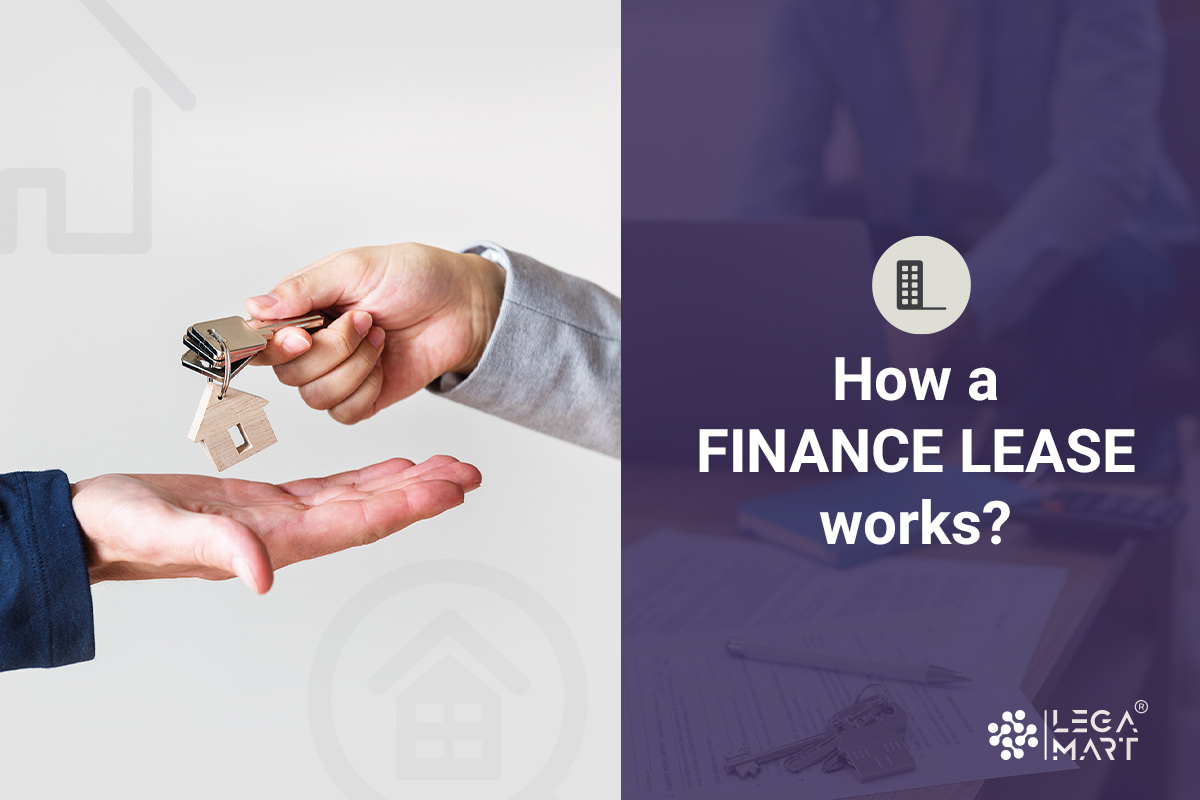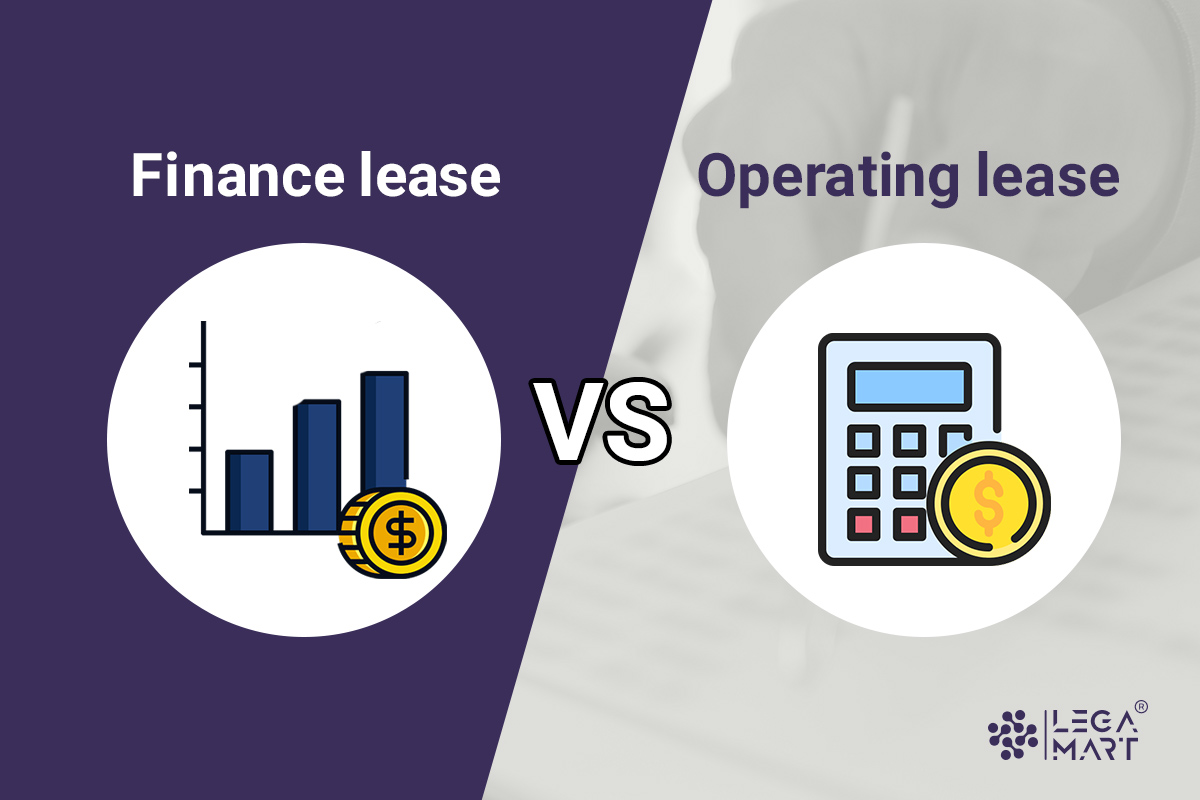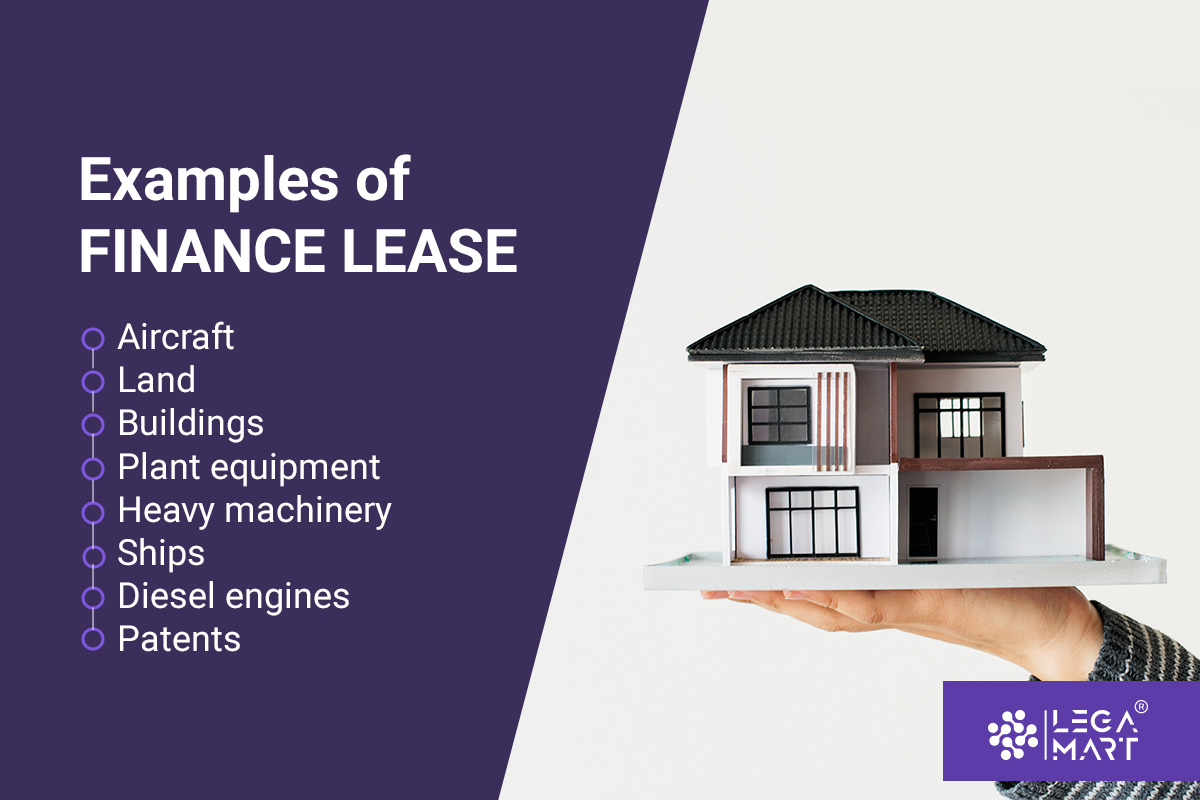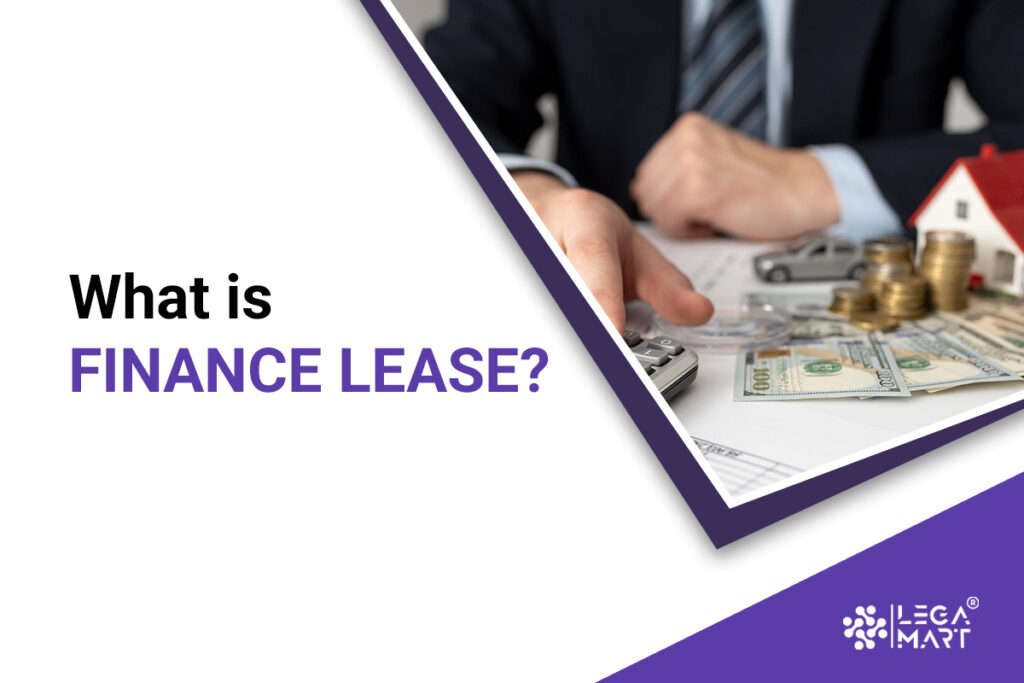Introduction
Typically, in all parts of life, especially businesses, and start-ups, leasing is the quickest and easiest way to fix your financial difficulties instantly. Once you’ve confirmed a lease, the following step is to ascertain the lease’s categorization (or lease component of a contract with multiple parts). This article will provide the most basic information regarding a frequent lease you may encounter in the real world: finance leases.
Islamic Finance Across the Globe – Legamart
What is a finance lease?
A finance lease is a commercial lease in which the legal owner of an item is a finance business, and the user leases the asset for an agreed-upon amount of time. The leasing firm, generally the financing company, is referred to as the lessor in this legal arrangement, and the asset user is referred to as the lessee. Finance leases (also known as capital leases) transfer most of the risks and rewards of asset ownership to the lessee. It is frequently used to purchase leased assets for most of its economic life.
When a lessee signs this agreement, they get operational asset control. They accept full responsibility for all risks and rewards involved with asset ownership. The lease provides the lessee with the economic characteristics of asset ownership for accounting reasons.
The item will be recorded as a fixed asset in the lessee’s general ledger. The lessee will report the lease payment’s interest as a cost in this case.
Classification of the lease as a finance lease
The basic definition of finance leases is that the lessor retains legal ownership of the asset during the lease duration. Nonetheless, all risks and benefits associated with leased assets are transferred to the lessee. The lessee’s balance sheets record a liability and support associated with leasing; legal ownership of leased assets shifts from the lessor to the lessee after the lease expires.
The rental contract must fulfil at least one of the following characteristics to be categorized as a financing lease under US GAAP:
- The present value of the lease rents is equal to or greater than the asset’s fair market value.
- The lease period exceeds 75% of the useful life of the leased asset.
- The lessee is offered the opportunity to acquire the leased asset at a lower price than the fair value of the leased item.
- At the end of the lease, the lessor relinquishes legal ownership of the leased asset to the lessee.
A lease is categorized as a finance lease in an IFRS jurisdiction if all of the following fundamental requirements are met:
- The lessor retains legal ownership of the asset during the lease period.
- The lessee bears the risk and rewards associated with leased assets.
- After the lease expires, legal ownership of the leased asset passes from the lessor to the lessee.
How a finance lease works?

It can be observed that a finance lease is regarded significantly differently from other lease types in terms of accounting. Finance leases are spread out over a long period. Thus they must be recorded in the financial statements in the same way.
Finance leasing is a method of financing assets in which the assets tend to stay on the lessor’s property until all lease payments have been accounted for. The lessor charges the lessee a fee for employing the specific investment in exchange for the lease that is entered into. As previously stated, a finance lease effectively transfers the risks and profits connected with the lessee’s ownership to the lessor. When a finance lease is employed, it can be observed that the asset appears on the company’s balance sheet, with overdue rentals being handled as a liability.
A finance lease can be completely amortized or on a balloon rental basis. In the case of finance leases that are thoroughly amortizing, the rents write the assets down to zero after the hire period. In the case of balloon rents, the rent is typically equal to the asset’s expected value after the lease term. In other terms, balloon rental is a pre-agreed-upon payment paid by the lessee at the end of the lease term. However, the lessee pays less rent over the lease duration than a fully amortized lease agreement.
At the end of the finance lease term, the lessee and lessor may choose to renew the lease or exercise a bargain buy option. This is entirely dependent on the conditions of the lease agreement signed by both parties. If the extension is not sought, the lessor may sell the asset to the lessee or another person interested in acquiring the support.
If the lessee no longer requires the asset or requires a different asset during the lease period, the lessee can sublease the asset and prolong the lease to a third party. However, this is also dependent on the terms and stipulations of the lease agreement, which may or may not be accurate for all forms of financial leases.
A finance lease can substantially influence a company’s financial statements in terms of accounting. Because these leases are regarded as ownership rather than rental, they impact interest expenses, depreciation charges, assets, and liabilities.
A company’s balance sheet will display an increase in assets and liabilities due to a finance lease being capitalized, but working capital will stay unchanged. However, the debt-to-equity ratio will rise.
What’s included in a finance lease?
Finance leases will differ depending on the demands of both the lessor and the lessee. Finance leases must be tailored to the persons involved based on the product being leased, the asset’s price, and the period of the arrangement.
Although these agreements will vary, most finance leases will include the following information:
- Names of both parties participating in the lease, as well as their identification as the lessor and lessee
- Leased property
- The asset’s total price
- The asset’s economic life
- The interest rate
- Payment plan for principal and interest
- Penalties and fines that may apply
Advantages and disadvantages of a finance lease
Finance leases have advantages and downsides regarding expenses, obligations, and accounting.
Advantages
Some advantages are as follows:
- A finance lease gives the lessee the right to use an asset.
- Lease finance is typically less expensive than other forms of financing.
- A lessee can stretch payments over several years.
- A lump-sum cost for an asset is not imposed.
- The lessee claims depreciation on the leased asset, which reduces the lessee’s tax burden.
- The lessee maintains the right to buy the asset after the lease term, generally at a reduced price.
- A finance lease is a valuable source of medium and long-term asset financing.
- Lease finance is often less expensive than other types of financing.
- The financing leasing agreement allows the lease payments to be stretched over several years. As a result, there is no need for a lump-sum payment for asset purchases.
- The lessee is entitled to depreciation on the leased asset. Depreciation is an item reported to the Profit and Loss Account. Therefore this decreases the lessee’s tax obligation.
- In general, the financing lease recognizes expenses earlier than the operational lease. Charging interest expenditure provides a tax benefit as well.
Disadvantages
Some disadvantages of finance leases include the following:
- The lessee bears responsible for the asset’s maintenance. As a result, the lessee must spend some maintenance costs.
- The financial lease implies a significant risk transfer to the lessee. As a result, the lessee bears a significant portion of the risks.
- The lessee has no right to cancel the financial lease. As a result, the lessee is bound by its choice.
- If the lessee does not purchase the item, he does not become the asset’s owner.
- Even though he is not the asset’s owner during the financing lease, the lessee has authority over it. He may not take proper care of the asset because he is not the owner.
- Getting into a financing lease requires a lot of paperwork and other legalities.
Finance lease vs Operating lease

Operating and financing leases allow a business to rent and use an asset. The primary distinction is that the lessee acquires ownership of the investment with a financing lease. The lessee does not receive the benefits of ownership rights for accounting reasons under an operational lease.
On a balance sheet, instalments for assets leased under an operating agreement are recorded as rent expenditures. They are accounted for in financial statements as costs of sales or operational fees. In contrast, in a finance lease, the payments for the leased asset are reported as amortization and interest expense.
Lessees in an operating lease are not accountable for the same risks as those in a financing lease. The lessee under an operational lease is merely renting the asset and has only the right to utilize it. This means that the lessor keeps all the asset’s risks and rewards. Furthermore, the lessor is liable for any maintenance or repair expenditures.
Examples of finance leases

Finance leases are utilized in many sectors, especially when a firm needs an expensive piece of equipment but wants to protect cash flow and avoid paying a huge lump sum for the essential equipment.
Finance leases can be used to lease the following assets:
- Aircraft
- Land
- Buildings
- Plant equipment
- Heavy machinery
- Ships
- Diesel engines
- Patents
Get help with a finance lease
This lease paperwork may be involved, so it is essential to contact a business or financial services lawyer to ensure that it is appropriately formed and includes all relevant information. Or, more simply, you can visit the LegaMart directory and employ a lawyer to grasp all the details you need regarding the finance leases based on your questions from your smartphone.
Conclusion
For individuals unable to borrow cash through debt, a finance lease is an effective source of financing. The finance lease allows you to use the asset. Following thorough consideration, a corporation must determine whether or not to join into finance lease arrangements. This is crucial because a finance lease entails a significant risk transfer to the lessee. Leases are generally classified as financing by companies in higher tax brackets.




